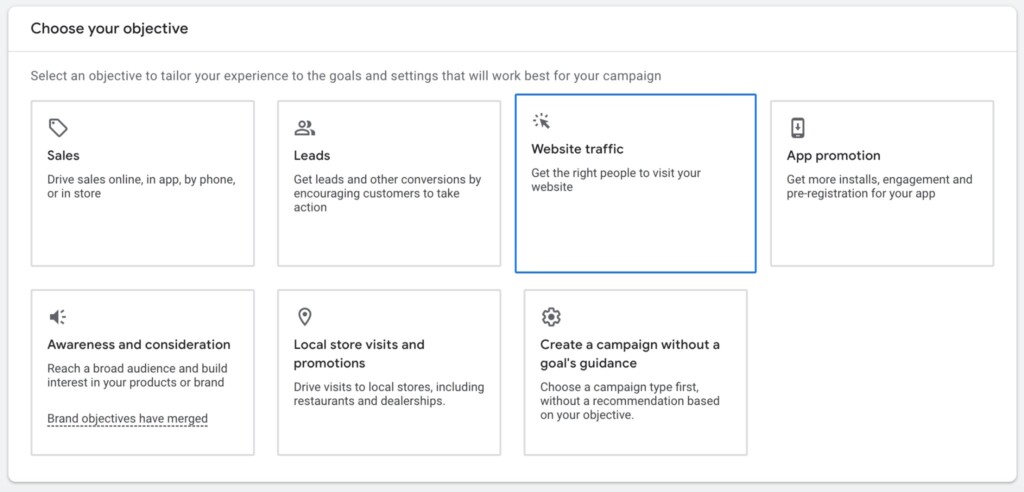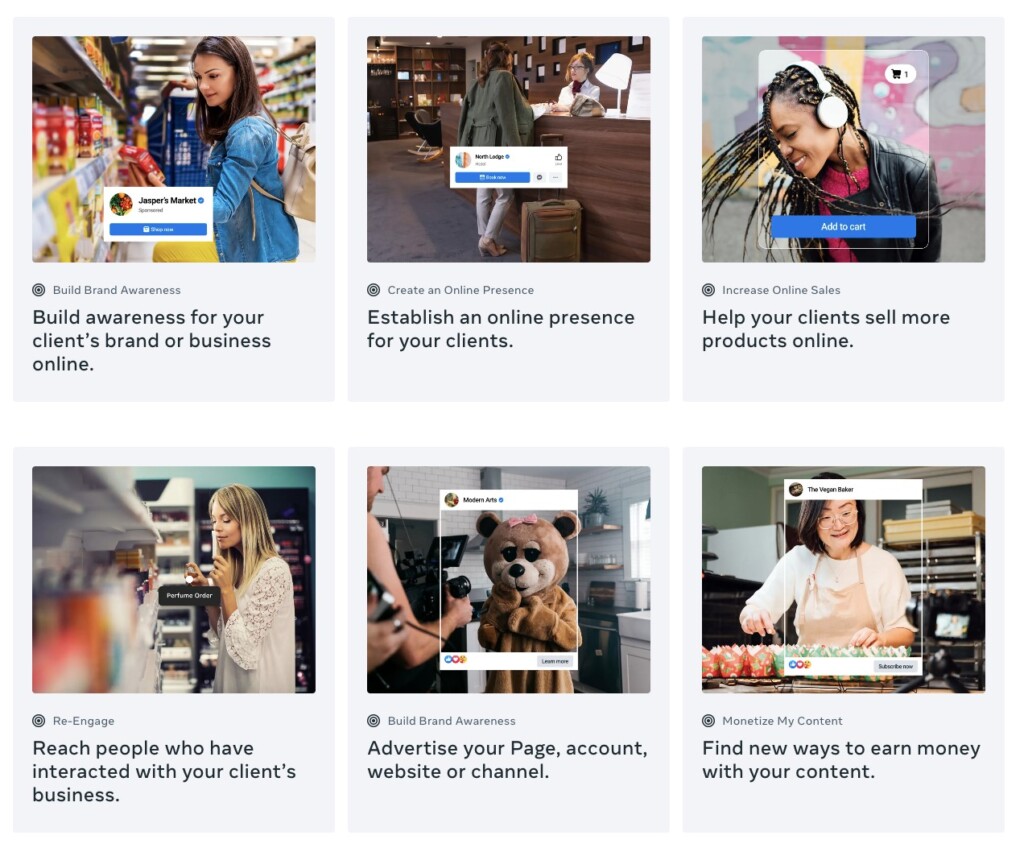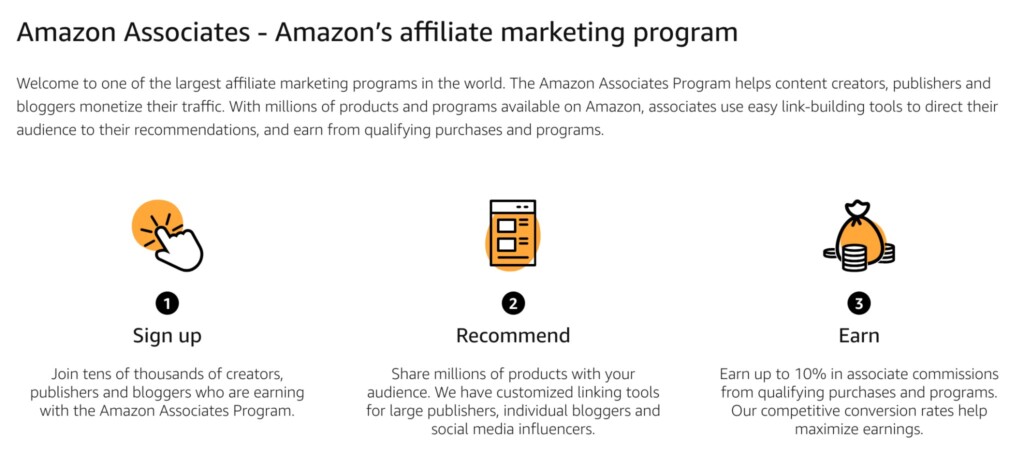Businesses need customers, which translates to foot traffic for physical stores and online visits for digital platforms. Website traffic refers to the number of visitors arriving at a website, one of the key metrics for businesses seeking a significant online presence. The more visitors you have, the higher the potential for engagement, conversion, and sales.
Gaining traffic is the key step in the sales funnel, as it leads to more sales or sign-ups. Below is an estimated average website conversion rate for different business types. For instance, an e-commerce website with an average conversion rate of approximately 3% would need about 1,000 quality visits to generate 30 orders

When it comes to website traffic, there are two primary types: inbound and outbound traffic.
Inbound traffic comes from visitors who find your site organically, often through search engines or content marketing efforts like blog posts, videos, or social media promotions. Different strategies, including SEO, content marketing, and social media integration, play a role in influencing these traffic sources.
Outbound traffic, on the other hand, refers to visitors who land on your site via paid advertising methods, such as Google Ads or sponsored social media posts. Different strategies, such as pay-per-click (PPC), marketplace listings, affiliates or partnerships, play a role in influencing these traffic sources.
To drive consistent and relevant traffic to your website, leveraging a combination of inbound and outbound can give you the edge. We recommend prioritizing inbound activities initially, as they tend to bring higher-quality, organic traffic. Below are some of the activities that you can do within the site and outside the website to drive traffic.
Internal Activities (Inbound)
External Activities
Website Internal Optimization
Your website isn’t just a pivotal business asset; it’s fast becoming a primary revenue source. Driving website traffic is both an art and a science; it demands a blend of experimentation across various channels, dedicated resources, and sustained effort.
While numerous channels might be at play in your marketing mix, the website remains the central hub that attracts and engages potential customers.
Let’s delve into some integral website features that can amplify your traffic.
Search Engine Optimization (SEO)
Website SEO, short for Search Engine Optimization, is one of the key marketing strategies for enhancing online visibility and is key to driving website traffic. With an astonishing 8.5 billion searches conducted on Google daily, optimizing your website for search engines is one of the basic steps you can do to harness this vast potential.
There are four primary types of SEO: on-page, off-page, local, and technical. Here’s a snapshot of each:
- On-page SEO: Focuses on the internal elements of individual web pages, including keyword placement, content quality, and meta tags.
- Off-page SEO: Focuses on the external factors like backlinks and social media authority.
- Local SEO focuses on your online presence to cater to your geographic regions, ensuring local customers can find you easily.
- Technical SEO: Focuses on technical aspects of your website, enhancing page speed, ensuring mobile responsiveness, and security.
Now, the approach to SEO varies depending on the nature of your business. Below is a sample roadmap to achieve your SEO goals.
- Online-Only Business: If you operate solely online without a geographical location, begin with on-page and off-page SEO. Technical SEO is vital for enhancing the user experience, while local SEO can serve as a supplementary strategy.
- Physical Location: For businesses with brick-and-mortar establishments aiming to boost foot traffic, local SEO should be your first call.
- Hybrid (both online and physical): Multichannel businesses should adopt a balanced approach, integrating both on-page and off-page SEO and local SEO for optimal results
Regardless of your business model, embracing SEO can improve both your online presence and in-person customer interactions
Blogs
A blog is a space where you, as a business, can publish regular, informative, and engaging content related to your industry, products, or services. Having an active blog establishes your brand as an authority in your field, serves as a valuable resource for your audience, and improves your website’s SEO (both on-page and off-page), which in turn attracts more visitors. Many businesses have successfully used blogs as the key content strategy for establishing market leaders in their respective industries.
To get started, ensure your website has blogging features. Start by identifying your audience’s needs and interests, and then create content that addresses those needs. Keep the content relevant, engaging, and valuable, integrating keywords strategically to enhance visibility on search engines. Additionally, optimize the blog posts for SEO by incorporating proper meta descriptions, titles, and URL structures. All these efforts should improve visibility and gain more traffic.
Another advantage of using blogs is that they can provide you with a steady stream of content that you can use for social media engagement or email newsletters.
Social Media Links
The social media links on your website can act as both inbound and outbound traffic generators. This feature allows visitors to easily access your social media platforms, creating a seamless connection between your website and social media accounts (Facebook, Twitter, Instagram, LinkedIn, etc.). With billions of users, the social media platform is a good source for generating inbound traffic.

There are a few ways the social media link can establish trust and improve traffic:
- Trust – having a good social media presence establishes credibility and trust for both site visitors and search engines
- Sharing: Encourages website visitors to share your quality content directly to their network, thus attracting more visitors to your websites
- Social Media Traffic: Drives direct inbound traffic from the social media channels
To integrate social media links, include easily accessible social media icons on every page of your website, particularly in the header or footer. It’s essential to link these icons correctly to your respective social media pages and ensure that the links are functioning properly.
External Website Activities
Although the inbound features detailed previously, like SEO and blogs, can fuel organic growth, they often require time to mature. For businesses seeking faster visibility —be it for a product launch, new promotion, or market expansion—an outbound approach might be more apt. Below, we explore some of the options that can provide faster traffic but may incur costs.
Pay-per-click ads
Pay-per-click (PPC) is an online advertising strategy where advertisers are charged each time their ad is clicked. Rather than relying solely on organic traffic, businesses can purchase visits to their websites. This approach ensures immediate visibility by positioning ads directly in the sightlines of potential customers. A premier platform for PPC is Google Ads, allowing businesses to feature their ads in Google search results, affiliated websites, and the extensive Display Network.

With Google Ads, advertisers can tailor campaigns to specific objectives, whether that’s sales, lead generation, or sheer website traffic. Google’s in-built keyword research tools enable businesses to pinpoint and bid on relevant search terms, optimizing for conversion. The platform’s granular targeting options, spanning demographics, geographies, and devices, ensure ads resonate with the right audience. Plus, since you’re charged only when your ad is clicked, it’s a cost-effective model.
While Google Ads offers rapid visibility, essential for new businesses keen on immediate online traction, it’s a competitive arena. Some keywords, especially in saturated markets, can be pricey. Hence, a balanced strategy, combining both paid ads and organic search efforts, can yield sustainable website traffic in both the short and long run.
Social Media Ads
Social media platforms, akin to Google, derive substantial revenue from their advertising capabilities. For instance, with its vast user base of roughly 3 billion, Facebook reported a staggering $135 billion in ad revenue, marking a 25% surge from 2017. Each social media platform provides you with various tools that you can tailor to your objectives. Facebook, for example, extends a range of options, from boosting brand awareness and online presence to driving sales or re-engaging previous customers.

LinkedIn, another popular social networking platform, is popular for B2B traffic generation. With LinkedIn, you can target users based on specific professional attributes like job roles, industry sectors, or company sizes. Sharing content that aligns with a professional audience, such as insightful whitepapers or webinars, can drive traffic to your website.
In summary, social media ads offer businesses a way to gain more website traffic faster. They tap into extensive audiences, many of whom may be challenging to reach via organic strategies alone. For optimal results, focus on crafting compelling content, whether videos, images, or carousel ads, and guide users to pertinent landing pages, ensuring a frictionless journey from the ad click to the website landing page. Regularly experimenting with different ad designs and targeting specifics through A/B testing can further refine strategies, ensuring you resonate deeply with your intended audience.
Marketplace Listing
Marketplace listings, available on platforms like Etsy, Facebook Marketplace, Google Shopping, and Minutly, present valuable avenues for businesses—whether product or service-based—to drive substantial website traffic.
For emerging businesses, these platforms offer a golden ticket: direct access to vast audiences already in the purchasing mindset. Not only do these listings place your offerings squarely before potential buyers, but with the right links, they can also funnel these customers directly to your primary website for deeper engagement.
Here’s a brief breakdown based on business nature:
- Etsy: Tailored for unique crafts, handmade items, and vintage treasures, it’s the go-to for businesses wanting to captivate enthusiasts.
- Facebook Marketplace: A versatile platform, it’s perfect for local businesses retailing diverse items, from electronics to furniture.
- Google Shopping: Integrated with Google search, it allows businesses of all stripes to spotlight their products directly within search results, catering to a broad spectrum of retail entities.
- Minutly Marketplace: Designed for service-based businesses, Minutly offers tools to productize services, allowing them to be marketed similarly to tangible items.
To make the most of marketplace listings, it’s crucial to have clear, engaging product descriptions paired with high-resolution imagery. Integrating your unique branding can promote interest and lead them to your website, driving more traffic.
In summary, marketplace listings serve as invaluable launchpads, especially for new businesses. They’re especially beneficial for businesses in sectors such as retail, crafts, vintage products, and location-specific services, providing a steady stream of traffic to your main website.
Partnerships and Affiliate Marketing
Partnerships and affiliate marketing are other avenues that can boost website traffic. For new businesses, these tactics offer access to wider audiences via trusted sources.
Through partnerships, businesses collaborate with complementary brands to co-promote, share resources, or run joint campaigns, instantly expanding reach.
Affiliate marketing, meanwhile, involves partnering with individuals or companies who promote your products or services in exchange for a commission on sales or leads they generate.
For a new business, tapping into the audiences of established affiliates or partners can drive more visitors quickly. It’s a win-win, as affiliates earn from promoting products they believe in, while businesses gain increased visibility and sales. Almost any online business can leverage affiliate marketing. However, it’s especially proven for e-commerce, digital products, and service-based industries.
To leverage affiliate marketing for your business, start by identifying suitable platforms for your industry or business type. Below are some of the popular affiliate platforms:
- ClickBank: Recognized globally for its vast affiliate marketplace, ClickBank specializes in digital products and informational content, making it a go-to for many seeking digital products.
- Amazon Associates: As the affiliate program from the world’s most extensive online retailer, Amazon Associates provides affiliates the chance to earn commissions by promoting a wide array of products, everything from electronics to literature.
- ShareASale: This well-regarded affiliate network offers affiliates a plethora of products and services to promote, with categories that encompass everything from fashion to cutting-edge technology.
- CJ Affiliate: Formerly known as Commission Junction, this established platform acts as a nexus, connecting advertisers and affiliates on a global scale, and spans various industries.
- Rakuten Advertising: Although more compact in its reach, Rakuten Advertising emphasizes quality, offering a curated selection of top-tier retail affiliates, proving that sometimes less is more.

Summary
A business website’s core objectives are to attract traffic, captivate potential customers, and convert leads. In this article, we emphasized techniques both internal and external to your website that can boost visitor numbers. For startups, platforms like Minutly offer a blend of immediate visibility and sustained audience engagement. Employing a mix of these strategies can deliver rapid exposure while fostering a lasting digital footprint.








How to start a Generative AI Service: A Comprehensive Guide (2024)
How to launch your web application development service
Website with a purpose: How to drive quality website traffic?
Top 10 Essential Sales Service Requests Every Business Should Offer
What is a Service Catalog?
Top 10 Essential Sales Service Requests Every Business Should Offer
Sharing your Minutly Catalog
Setting up your catalog